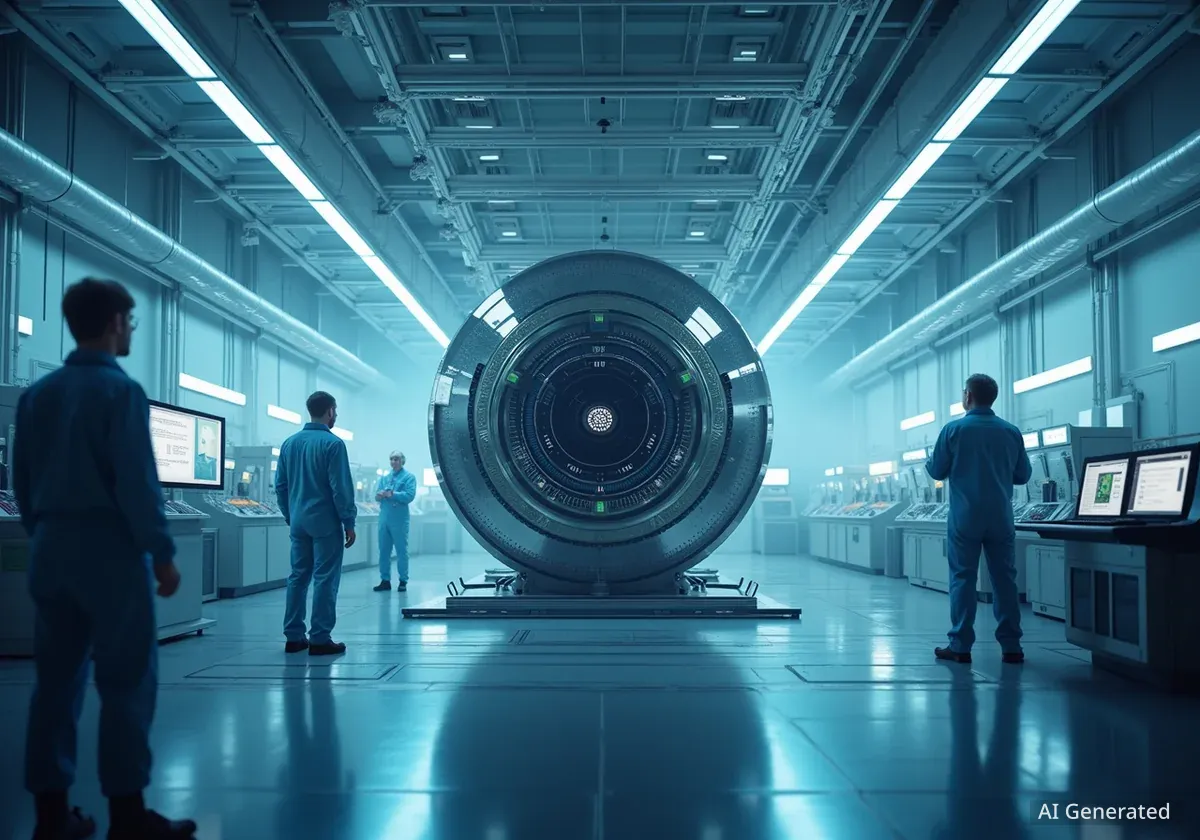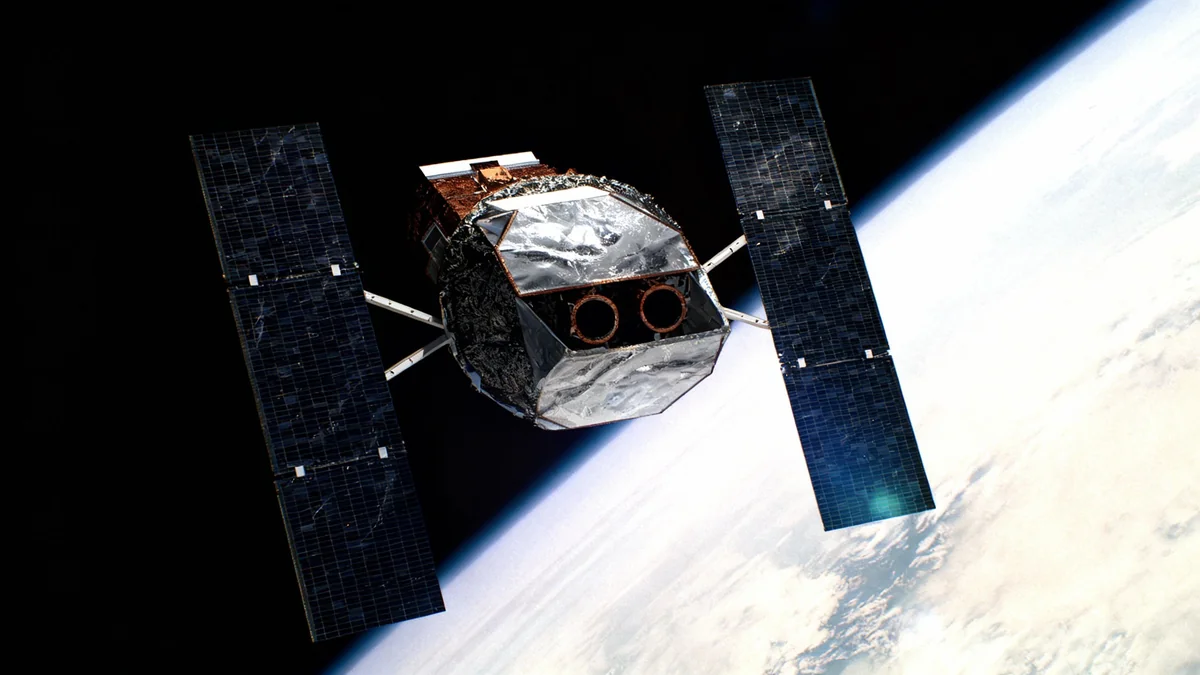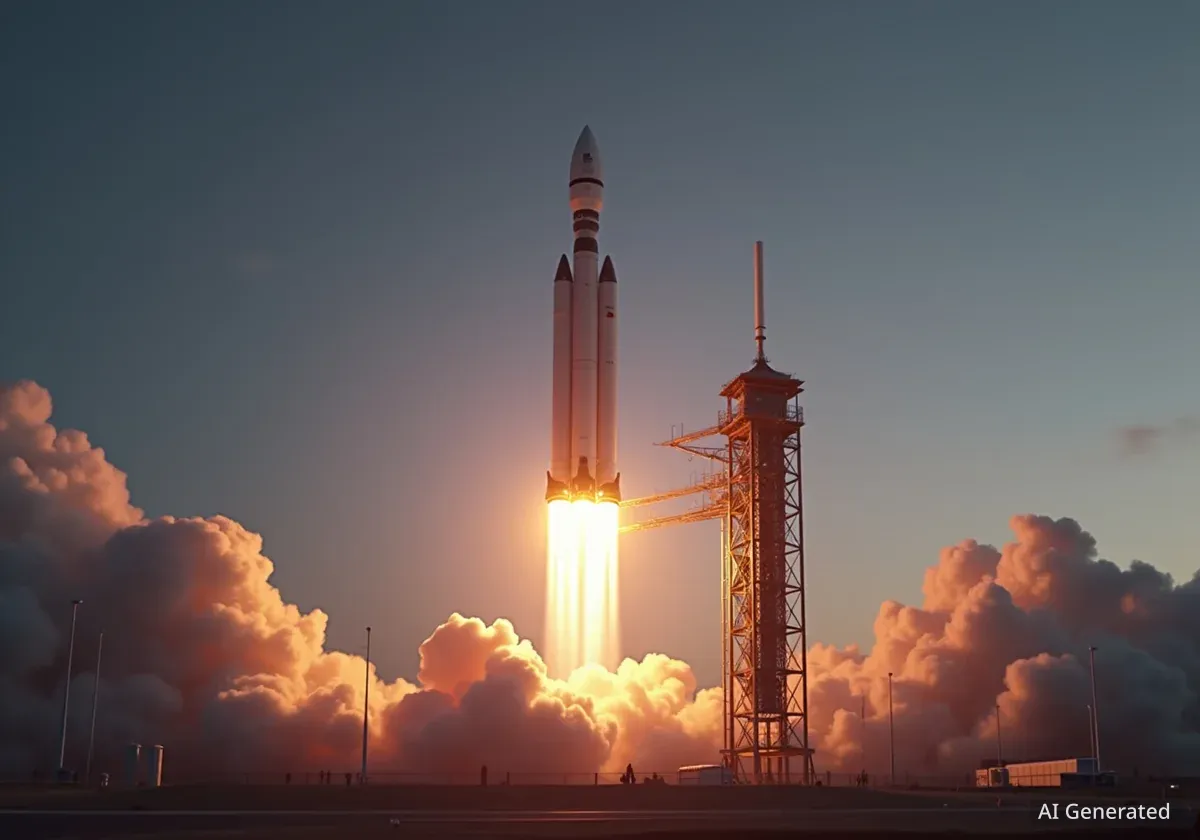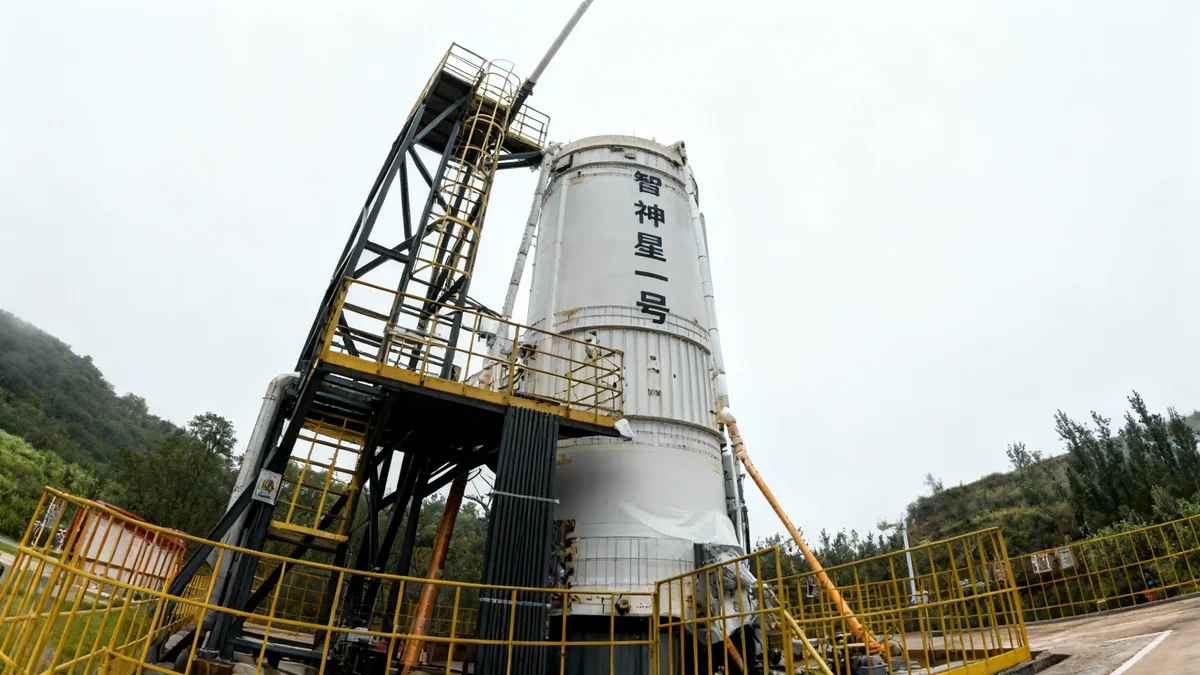The booming commercial space industry faces a critical challenge that happens long before any rocket reaches the launchpad: choosing where to set up shop. For these highly specialized companies, the decision goes far beyond typical business logistics, involving a complex balance of advanced infrastructure, strict government oversight, and access to a niche talent pool.
Unlike traditional manufacturers, space technology firms must navigate a landscape defined by national security, intricate supply chains, and the unique physical demands of building hardware destined for orbit. This has led to the rise of specific geographic hubs where these critical factors align, creating ecosystems that foster innovation in the final frontier.
Key Takeaways
- Space tech companies require proximity to government agencies like NASA and the Department of Defense for licensing and security compliance.
- Facilities need specialized infrastructure, including clean rooms, vibration-isolated floors, and high-capacity power systems.
- Access to a skilled workforce with security clearances and aerospace engineering expertise is a primary driver of location decisions.
- Economic incentives such as tax credits and grants play a significant role in offsetting high development costs.
- Established hubs like Huntsville, Alabama, and emerging centers like Austin, Texas, offer a blueprint for successful space industry ecosystems.
The Regulatory Maze: Staying Close to Government
For companies in the commercial space sector, physical proximity to federal agencies is not a matter of convenience—it is a core operational requirement. Navigating the complex web of regulations that govern space technology and defense contracting is a constant and critical task.
Compliance with regulations such as the International Traffic in Arms Regulations (ITAR) is fundamental. These rules control the export of defense-related articles and services, and managing them effectively often requires direct and frequent interaction with government officials. Similarly, obtaining launch licenses and ensuring personnel have the necessary security clearances are processes that are streamlined by being close to the decision-makers.
Why Proximity Matters
Direct access to key customers, including NASA, the Department of Defense, and various intelligence agencies, is a major factor. These relationships are crucial for securing contracts, collaborating on projects, and ensuring that operations meet stringent national security standards. Many initial location decisions are driven by the need to be embedded within these government-centric ecosystems.
Building for Space: Specialized Infrastructure Needs
The facilities required to design, build, and test space-bound hardware bear little resemblance to a standard factory or office park. The technical demands are immense, and the real estate must be tailored to accommodate them.
A primary requirement is the presence of clean rooms, which are environmentally controlled spaces that limit airborne particles like dust to prevent contamination of sensitive satellite components. Another key feature is the capability for electromagnetic compatibility (EMC) testing, which ensures that a device's electronic components do not interfere with each other or with other systems.
Other essential infrastructure includes:
- Vibration-isolated spaces: Specialized foundations that protect delicate instruments from ground vibrations during testing.
- High-capacity power systems: To support energy-intensive testing and manufacturing processes.
- Oversized facilities: Buildings must have high ceilings and large bay doors to accommodate the assembly and movement of large components like rocket stages and satellite bodies.
Logistics also play a vital role. Companies need to be near major airports and have access to secure transportation networks capable of handling classified or mission-critical hardware according to strict protocols.
The Hunt for Talent: Securing a Skilled Workforce
Advanced facilities are useless without the right people to operate them. The commercial space industry relies on a highly educated and specialized workforce, making talent acquisition a top priority in site selection.
According to industry analysis from JLL's Aerospace and Defense group, a robust talent pipeline is one of the most critical factors for sustainable growth in the space sector. A single location must offer a deep pool of qualified individuals.
Companies actively seek locations with a strong STEM talent ecosystem. This often means setting up near universities with top-tier aerospace engineering programs, which provide a steady stream of new graduates. The presence of other major aerospace and defense contractors in an area is also a major draw, as it indicates an established community of experienced professionals.
Furthermore, the need for security clearances adds another layer of complexity. A sufficient local supply of individuals who already hold or can obtain the necessary clearances is a significant advantage, reducing hiring timelines and project delays.
Dollars and Sense: The Role of Economic Incentives
The space industry is characterized by high research and development costs and long product cycles. It can take years, or even decades, for investments to generate returns. Because of this financial reality, economic incentives offered by state and local governments can be a deciding factor.
These incentives are often targeted specifically at high-value aerospace companies and can include a variety of benefits:
- Manufacturing and R&D tax credits to lower operational costs.
- Federal and state grants for innovation and research.
- Specialized financing programs to support long-term capital investments.
- Regulatory streamlining initiatives to expedite permits and approvals.
These programs help mitigate financial risk and make a location more attractive for long-term growth, encouraging companies to build lasting operations within a community.
Emerging Space Hubs: Where the Industry is Landing
Certain locations have successfully combined these critical elements to become thriving hubs for the commercial space industry. These cities provide a model for how to create an environment where space technology can flourish.
Huntsville, Alabama, has long been a center for aerospace, anchored by NASA's Marshall Space Flight Center and a deep-rooted defense industry presence. This has created a powerful combination of government proximity, an established aerospace ecosystem, and a skilled workforce.
Similarly, Los Angeles, California, has a historic legacy in aviation and aerospace, providing a vast network of suppliers, contractors, and experienced engineers. The region continues to be a major player in satellite manufacturing and launch vehicle development.
More recently, cities like Austin, Texas, have emerged as new hotspots. Austin combines a booming tech scene with a growing aerospace presence, attracting companies with its strong talent pool and business-friendly environment. These successful hubs demonstrate that the ideal location for a space company is one that integrates government access, technical infrastructure, human capital, and financial support.





